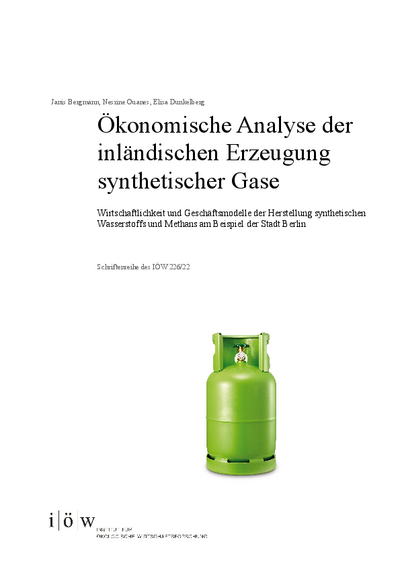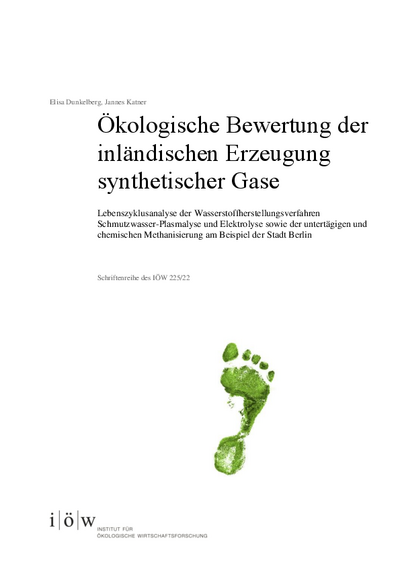UMAS: Underground Methanization in Aquifer Storage
Gas in the form of methane and hydrogen will very likely be an important source of energy in the future, also in order to compensate for fluctuating renewable energies. Therefore, storage systems are gaining in importance. The conversion of electricity to hydrogen or methane is associated with losses, but allows the flexibility required for the energy system.
The UMAS project is investigating, whether the Berlin Natural Gas Storage Facility, which has been shut down since 2017, could be used as an energy storage for electricity from renewable sources in the future.
The Berlin Natural Gas Storage Facility is located in the district of Charlottenburg. It is a porous sandstone layer that can absorb gas and hold it safely – natural gas was stored here until 2017. Using it as a storage for renewable energy instead, works in two steps:
1) Surplus electricity from renewable energy, which is generated on days with strong winds and strong solar radiation, is converted into hydrogen (power-to-gas).
2) The hydrogen is put into the underground storage together with CO2 and converted into methane gas by biological methanization.Hydrogen and methane gas can then be used for heat or mobility.
In UMAS, experts from the fields of microbiology, biochemistry, process engineering, geology, economics, and energy system analysis work together to explore the potential of the Berlin Natural Gas Storage Facility for the energy transition. The IÖW focuses on questions of economic viability and economic evaluation of conversion and storage.
The two-and-a-half year project, which is funded by the Federal Ministry of Economics and Energy, will take place exclusively in the laboratory. The results will form the basis for a field test, which is planned to take place in a follow-up project.
IÖW Project Team
- Janis Bergmann
- Prof. Dr. Bernd Hirschl
- Jannes Katner
- Nesrine Ouanes
- Dr. Steven Salecki





